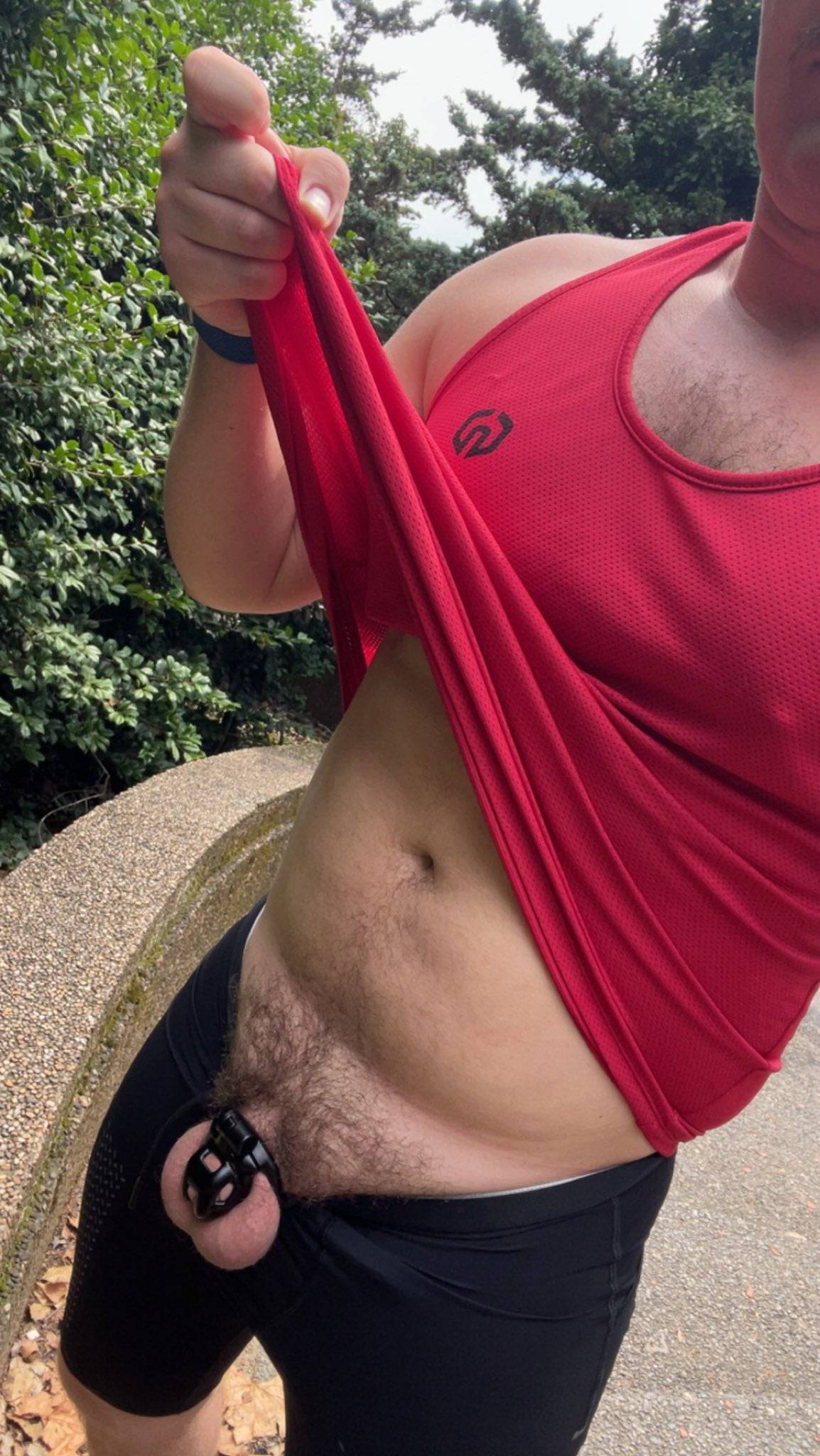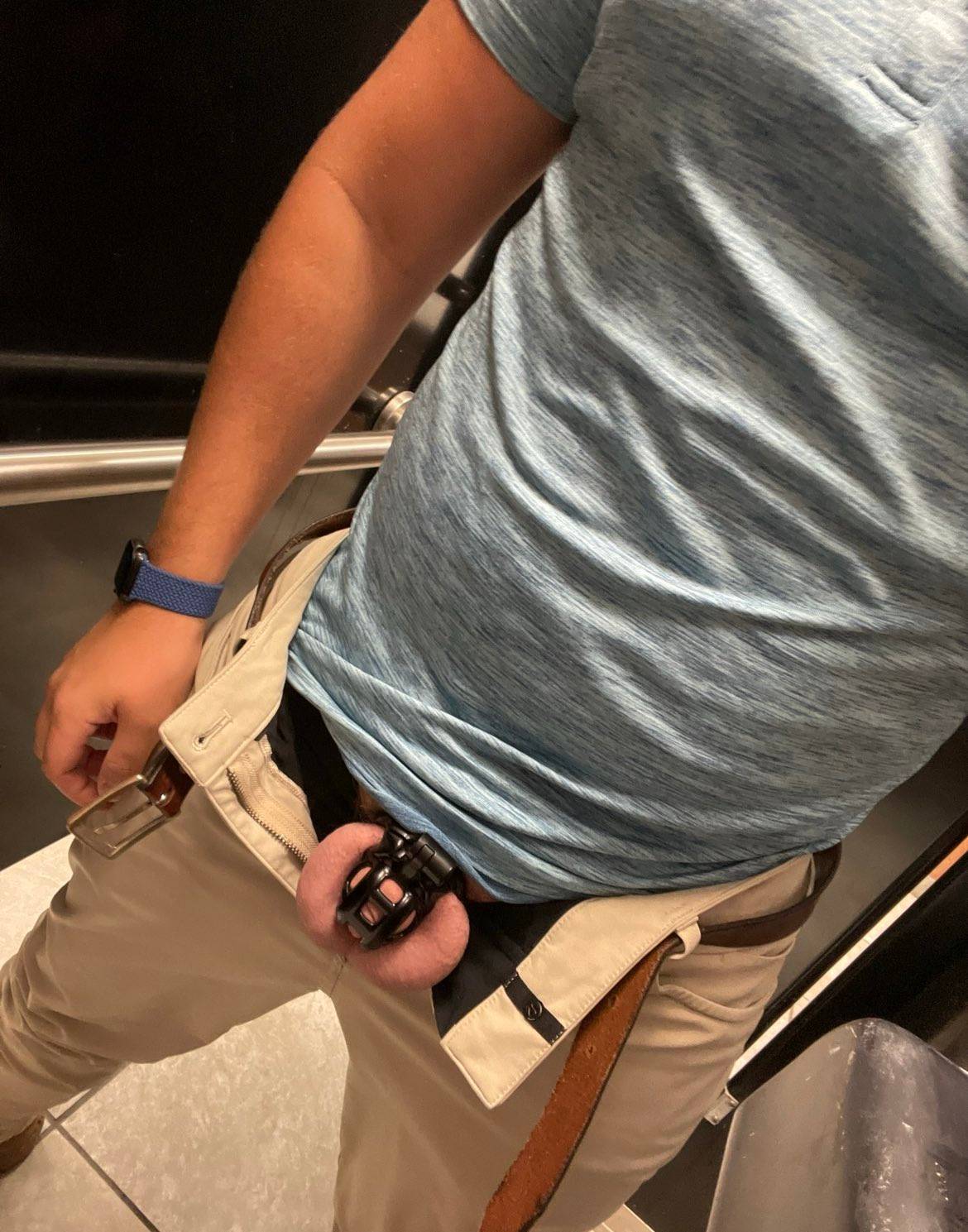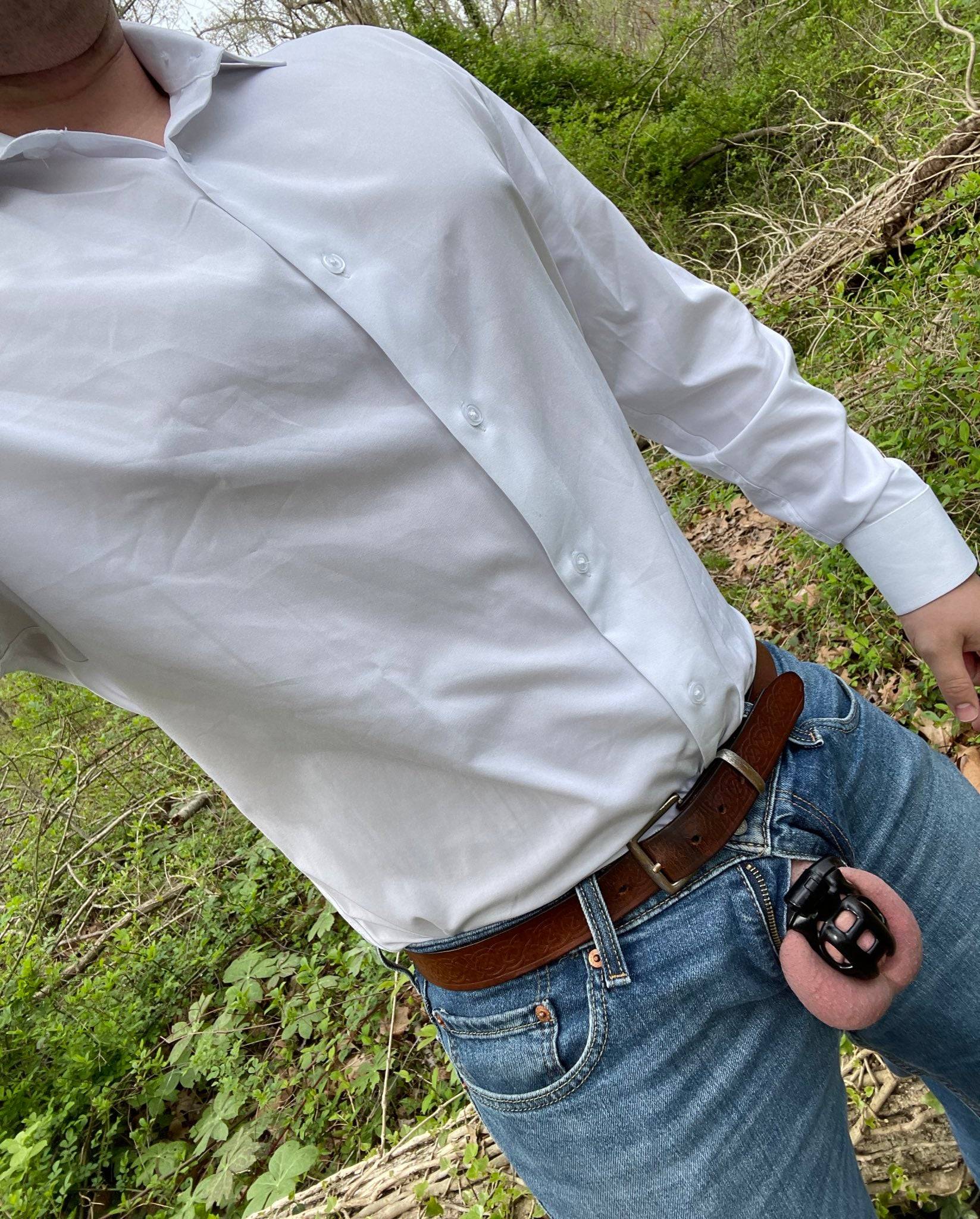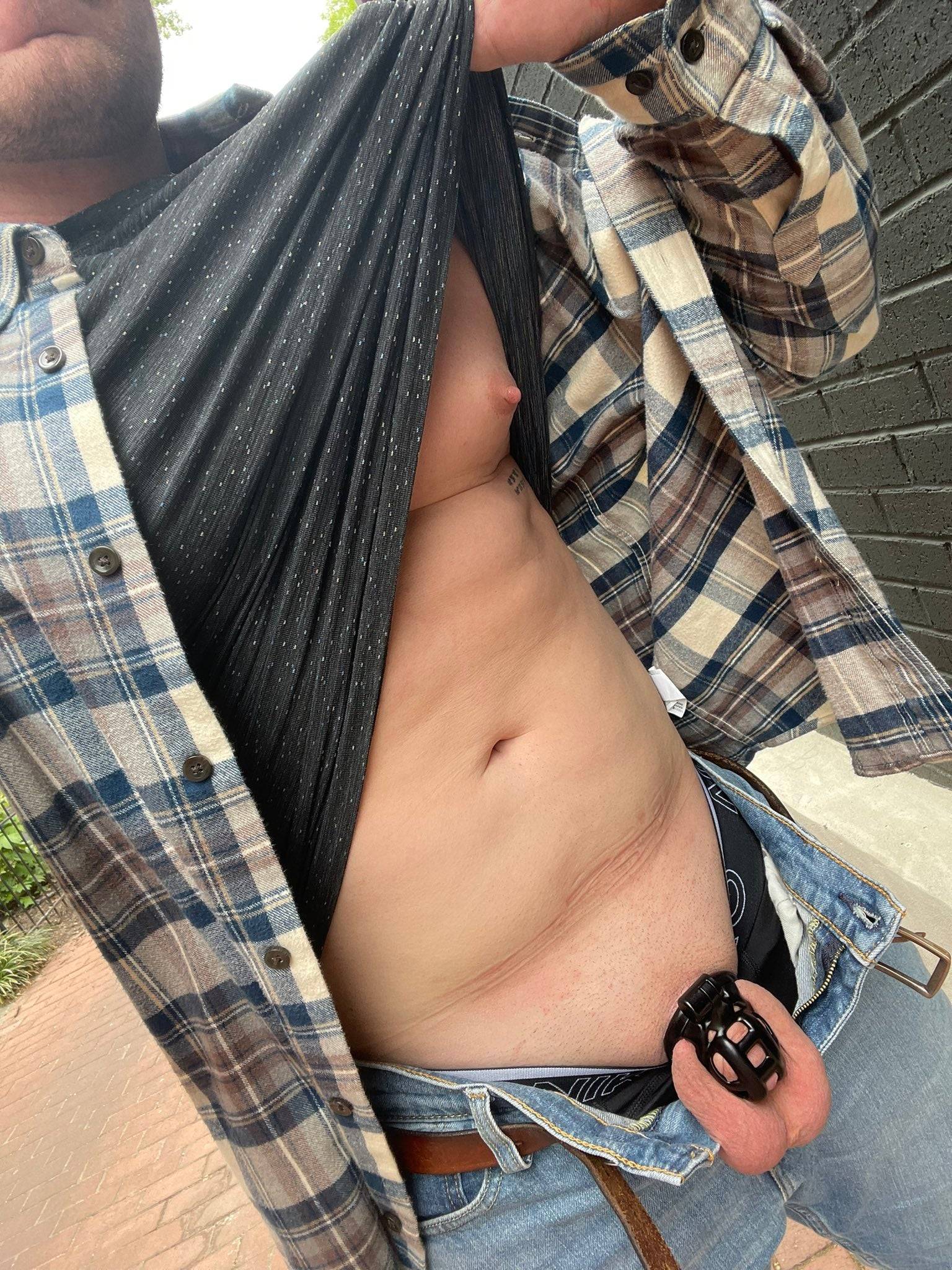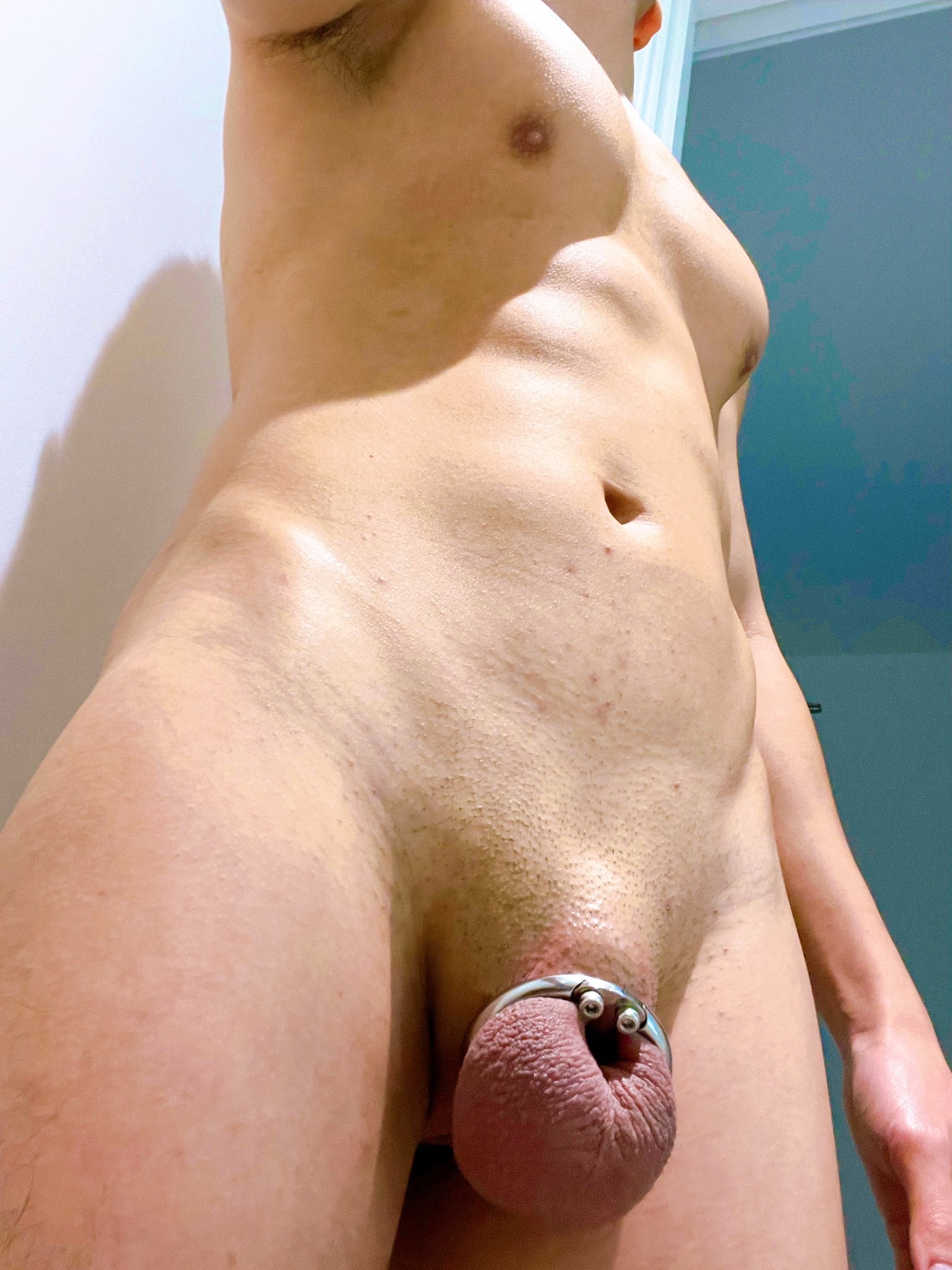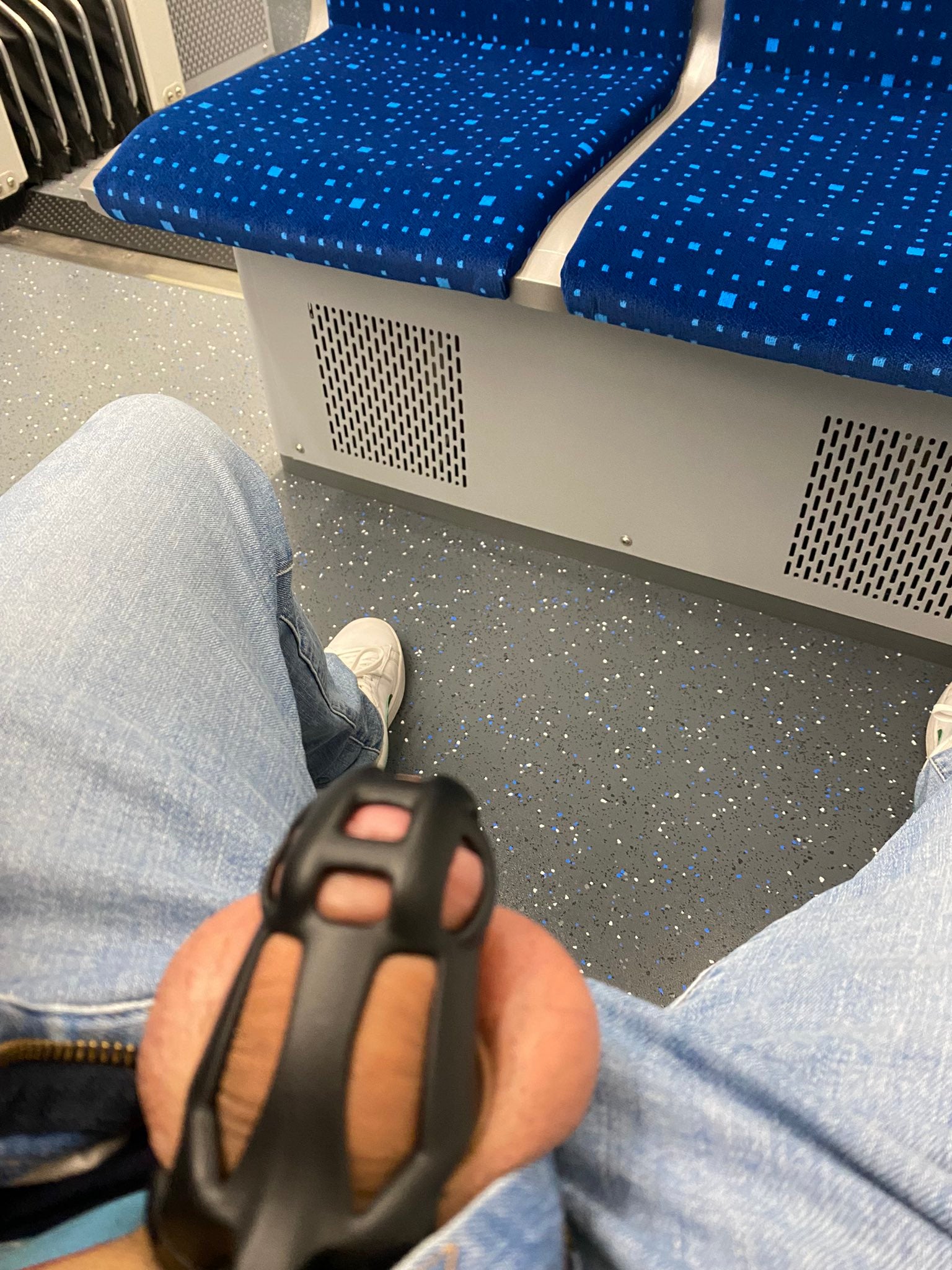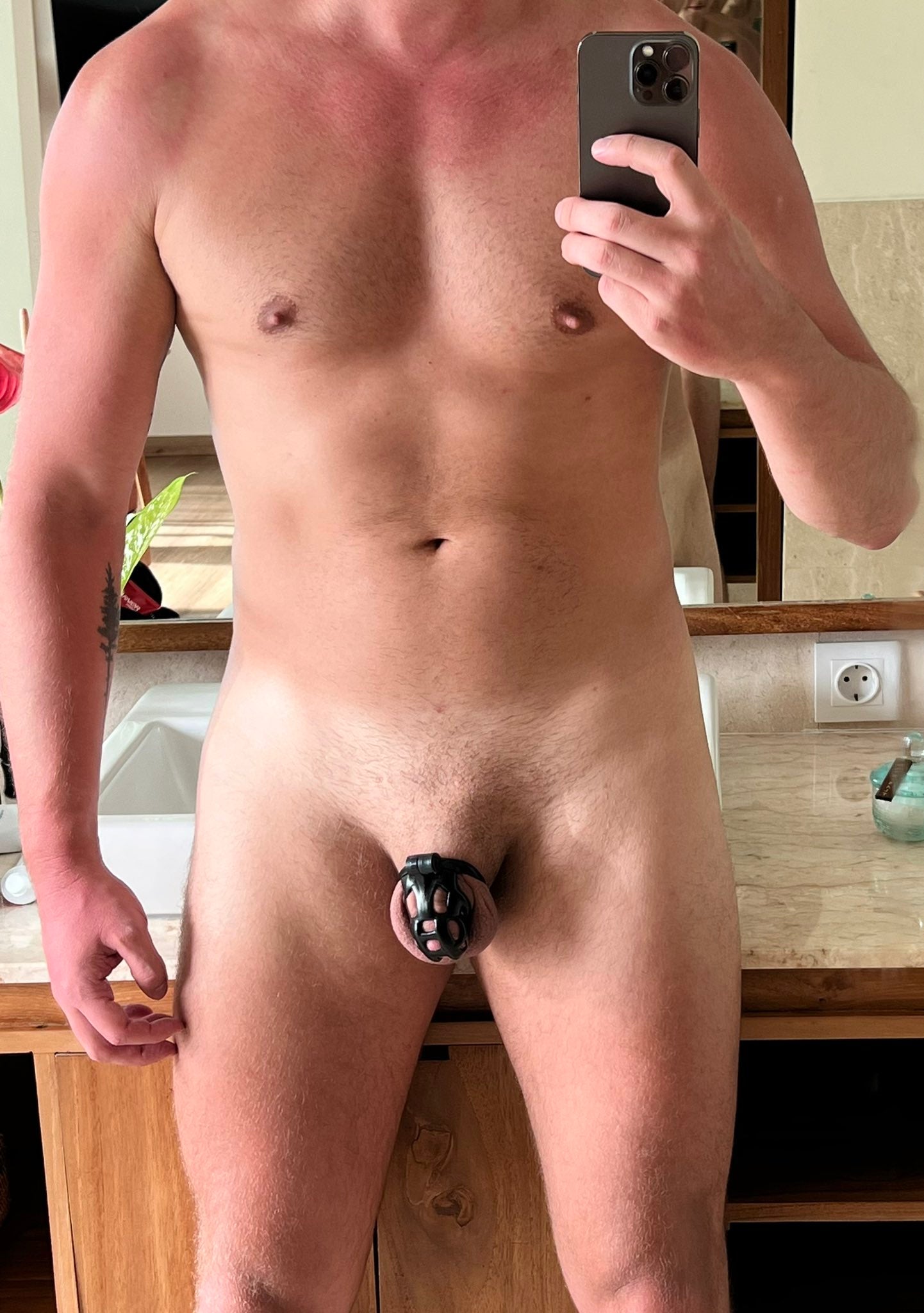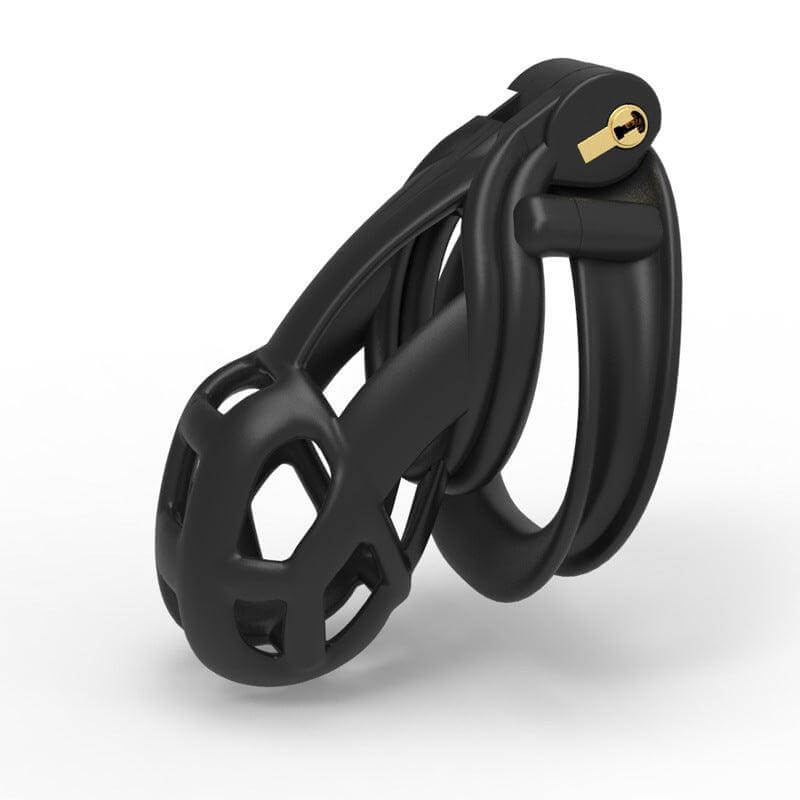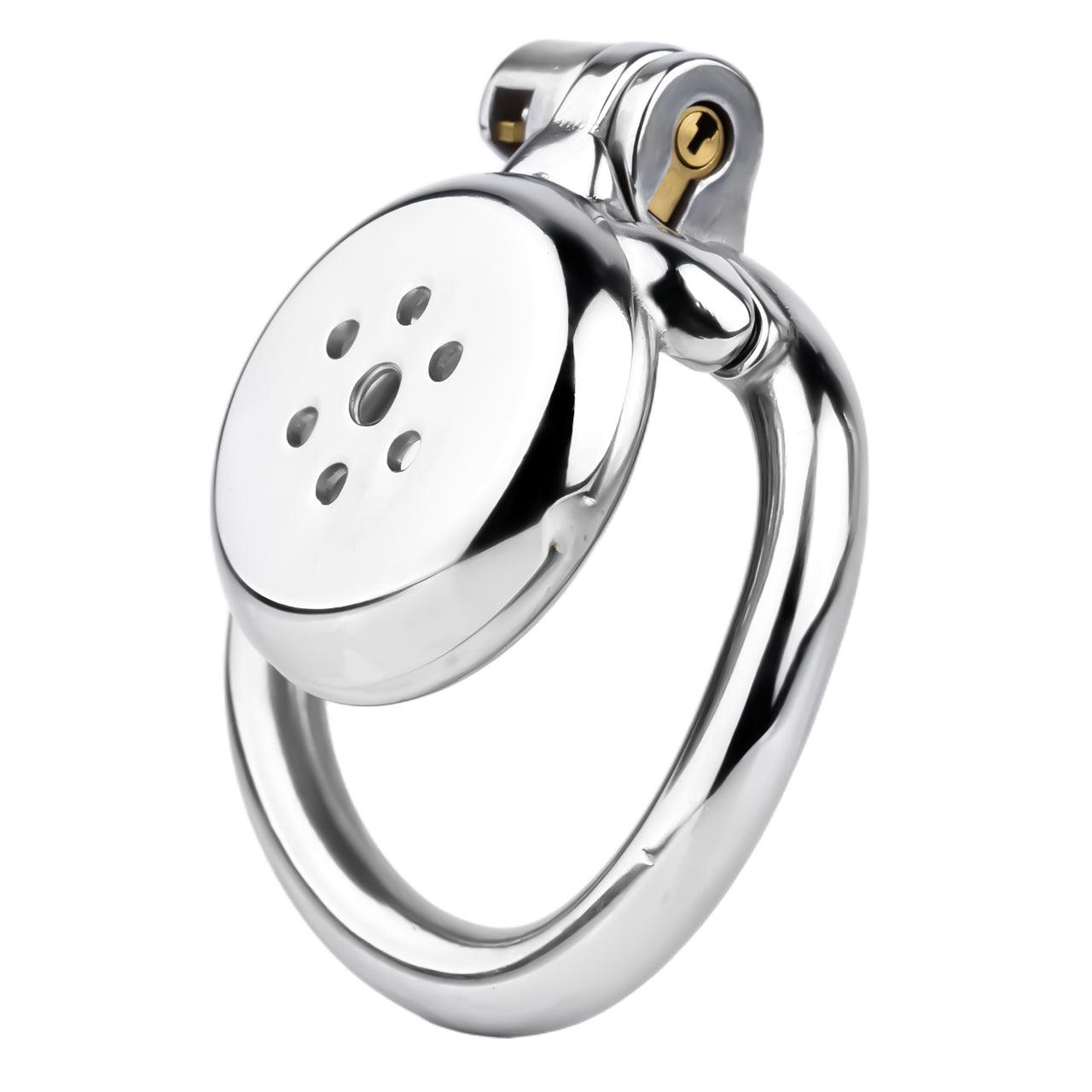The Journey of Chastity: A Personal Reflection
My first experience with wearing a chastity cage was 20 years ago. At the time, I had little idea of what I was truly committing to. The cage was uncomfortable, and the idea of not being able to simply satisfy my desires whenever I got horny felt foreign. Yet, here I am, still locked, years later, reflecting on how this simple device has shaped not only my physical habits but my relationship with desire itself.
Getting used to wearing a chastity cage wasn't easy. In fact, it took time—much more time than I had initially anticipated. I learned quickly that the key to comfort wasn’t in the size or the design, but in making sure I didn’t opt for the cheap, heavy cages that some first-timers might. The new resin cages are much lighter and far more comfortable, which is a relief given how long one can end up wearing them. The cage became less of a burden and more of a reminder, an ever-present fixture of my promise not to give in to the whims of immediate gratification.
The most significant change came from not being able to masturbate whenever I felt the urge. For most of my life, masturbation was an automatic response to sexual desire. But with the cage, that option was removed. I soon learned what it meant to go without release. I’ve gone as long as five months without an orgasm, and while it initially seemed impossible, over time, I grew accustomed to the constant state of horniness. The energy that once seemed like a pressure to release transformed into something different. In fact, I began to feel energized by it, as though my body’s natural desire was fueling me in other ways.
When life occasionally demands that I unlock for medical reasons, I feel a noticeable shift. It’s strange, but when I’m unlocked, I feel a sense of loss, a form of depression, as if I’ve lost a source of energy. There’s something invigorating about the constant state of arousal that being locked provides, and when it’s removed, I feel the absence of that drive. I’ve come to appreciate the energy that comes from being constantly on edge, and it's a strange paradox to feel deprived but also more alive because of it.
One of the most interesting things I learned along the way is how the body responds to this kind of prolonged denial. After about 10 days without an orgasm, the body starts to produce hormones that urge you to have sex. It’s nature’s way of pushing you to reproduce, a biological drive that keeps us motivated to pass on our genes. But beyond that, it became clear that my body could continue to feel desire—this perpetual state of horniness—without any real release. And instead of feeling frustrated, I learned to channel that energy into other things. For instance, I picked up a guitar. When the urge to masturbate became overwhelming, I would grab the guitar and lose myself in the music. It worked like a charm, redirecting my focus and making the desire fade into the background.
Over time, the concept of "orgasm control" became more complex than I had initially imagined. It’s easy to be led into thinking that a chastity cage will completely eliminate the possibility of orgasm, as often portrayed in porn. But real life is not like porn. It’s not about being locked up forever without any recourse. If someone really wanted to, they could always figure out a way to orgasm. The cage, after all, isn’t foolproof. With enough willpower, it’s possible to slip out of the cage or use other methods to find release. That’s the dirty little secret that new wearers often don’t realize: chastity cages don’t stop you from having orgasms—they just make it harder, and for some, that’s the point.
For me, the cage became both a symbol and a tool. In a way, it’s like a wedding ring. It’s a reminder of my promise—not to abstain from sex, but to refrain from mindless masturbation. The cage acts as a speed bump, giving me time to consider my actions. Before I indulge, I ask myself: do I really want to undo everything I’ve worked for that week for a brief, fleeting orgasm? When I think about it that way, it’s often not worth it. The real challenge is learning to delay gratification and evaluate whether the immediate pleasure is worth the long-term sense of control and purpose.
The truth is, most people quit chastity once the initial excitement wears off. At first, it’s thrilling, even exhilarating. But over time, the novelty fades, and only those with the desire to keep pushing themselves find value in it. For me, the cage isn’t about denying myself pleasure; it’s about learning to be in control of it, to delay it, and to channel it into other parts of my life.
In the end, chastity isn’t about the cage itself. It’s about what the cage represents: control, discipline, and the mastery of one’s own desires. It’s a personal journey, and like any journey, it’s different for everyone. For some, it’s a passing phase; for others, it becomes a way of life. For me, it’s been both a challenge and a source of unexpected strength, a lesson in desire, and the art of waiting.













